In a new study, Google researchers describe a system that makes decisions continuously in response to changes in the environment.
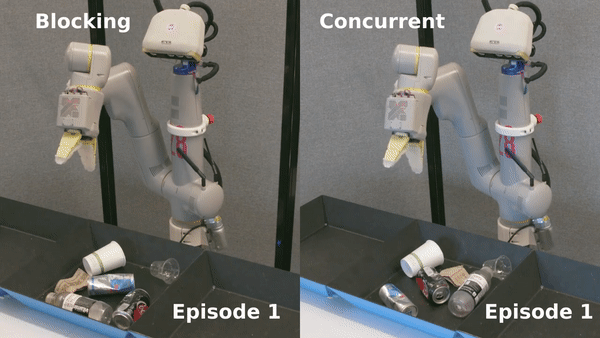


A team from Facebook AI Research (FAIR) has developed a novel low-dimensional design space called ‘RegNet’ that outperforms traditional available models like from Google and runs five times faster on GPUs.
RegNet produces simple, fast and versatile networks and in experiments, it outperformed Google’s SOTA EfficientNet models, said the researchers in a paper titled ‘Designing Network Design Spaces; published on pre-print repository ArXiv.
The researchers aimed for “interpretability and to discover general design principles that describe networks that are simple, work well, and generalize across settings”.
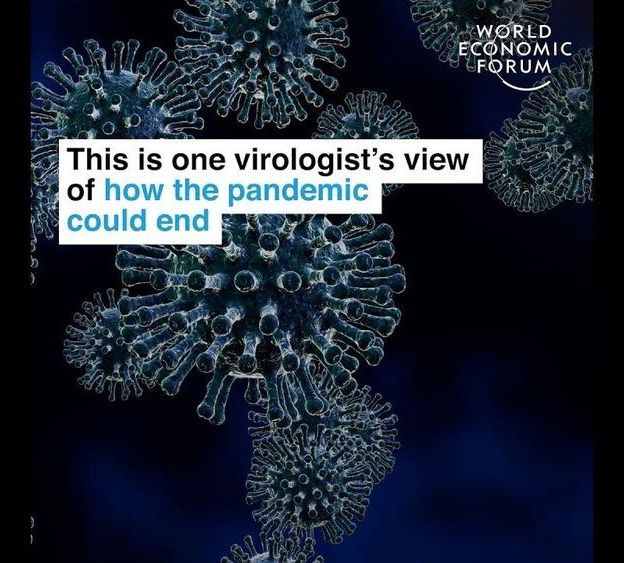
How and when will this pandemic end? We asked a virologist: https://bit.ly/3afDiMy from World Economic Forum P.S., Many people predict that life will be permanently changed after COVID-19 pandemic. Some new things will become the norm, such as remote working, #telemedicine, the increase of #automation, online education, and so on (e.g., https://bit.ly/2z6qF9I). Our opinion is that “whether the above things become permanent depends on how the pandemic ends.” If the virus becomes seasonal, as predicted by the virologist in the interview, then our lives may gradually shift towards these new practices (i.e., working remotely, seeing doctor remotely, and learning online, etc.). However, if the virus disappears abruptly, just like the 1918 Spanish flu (https://bit.ly/3bdJKop), our lives may slowly go back to what we used to know before the COVID-19 crisis.
We spoke to Belgian virologist Guido Vanham, the former head of virology at the Institute for Tropical Medicine in Antwerp, Belgium, and asked him: how will this pandemic end? And on which factors might that depend?
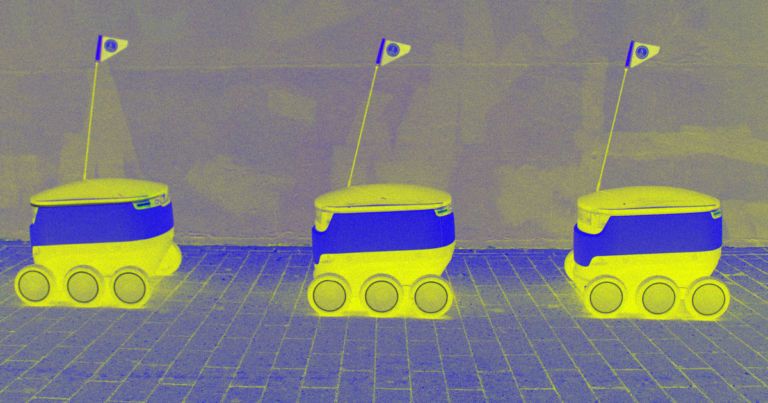
Pizza Bot
Venezia’s New York Style Pizza in Phoenix, Arizona is now delivering pies by first sanitizing the inside and outside of a Starship robot and placing the robot inside.
The robot then travels to customers within a half mile radius. They can even hop curbs and operate in snowy conditions. Human operators back at HQ can take control over them any time as well.

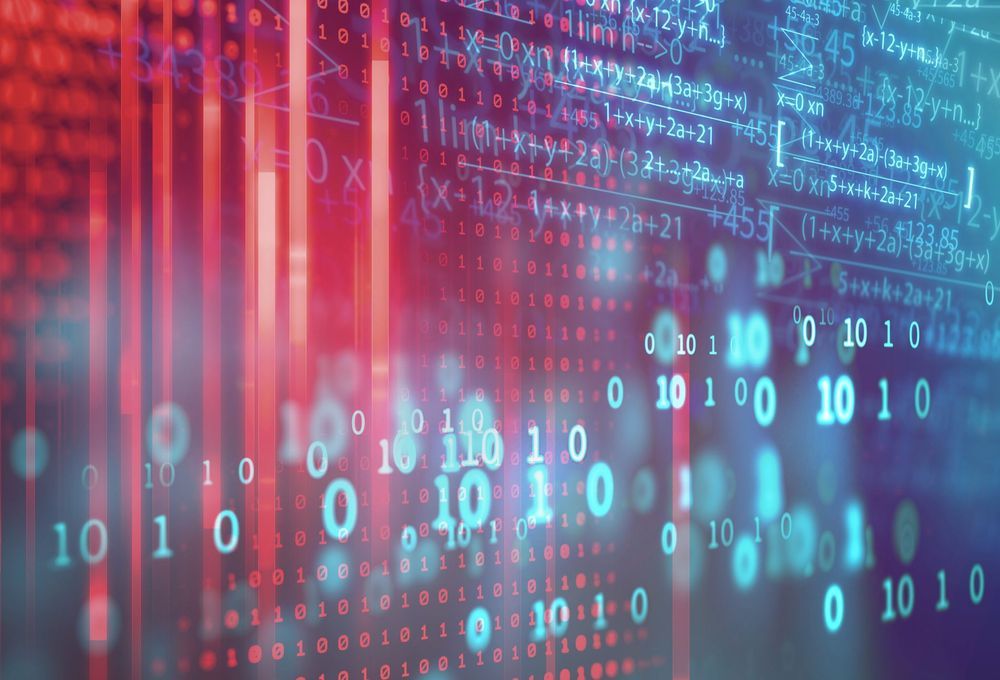
O,.o singularity here we come :3.
“It’s extremely exciting to see if it can turn up any algorithms that we haven’t even thought of yet, the impact of which to our daily lives may be enormous,” one computer expert told Newsweek.
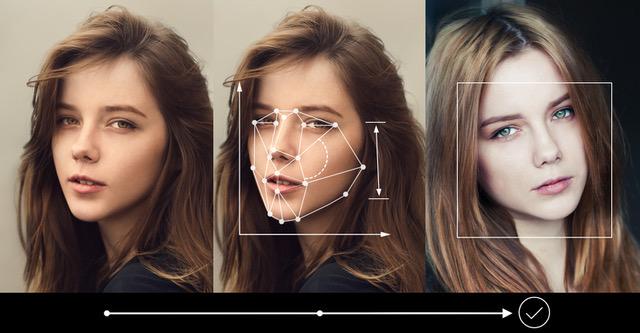
When we think of human trafficking, we often think about the despondent faces of women and children who live in slums all over the world. What if human trafficking is much closer to home than we think? In 2019, Markie Dell, stood on the TEDx stage to recount her experience of being a domestic human trafficking victim. She was an awkward teenager who was groomed by a girl that she befriended at a birthday party. She was subsequently kidnapped, drugged, sexually violated, intimidated at gunpoint into dancing in strip clubs for an entire year.
She didn’t know that she was a human trafficking victim until a police officer handed her a book called, “Pimpology”. Then, she knew that she was being human trafficked.
According to the Polaris Project, most human trafficking victims are trafficked by their romantic partners, spouses, family members, including parents. In the U.S., in 2018, there were 23,078 survivors identified and 10,949 cases of human trafficking. Even then, these cases are often drastically underreported.
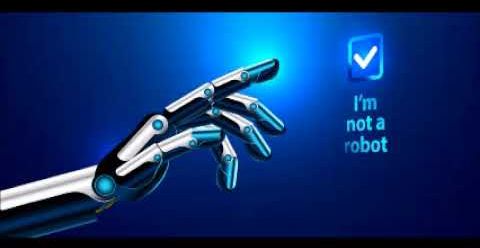
If anyone wants to learn about the future of artificial intelligence and the rise of super-intelligent machines here is Billionaire rocket scientist businessman Elon Musk’s favorite book of the year written by MIT math Professor Max Tegmark at the Future of Life Institute. The book Life 3.0 is presented in this free audio-book format on YouTube and is a 7 hour video talking about how we will become a Libertarian Utopia soon thanks to advances in technology.
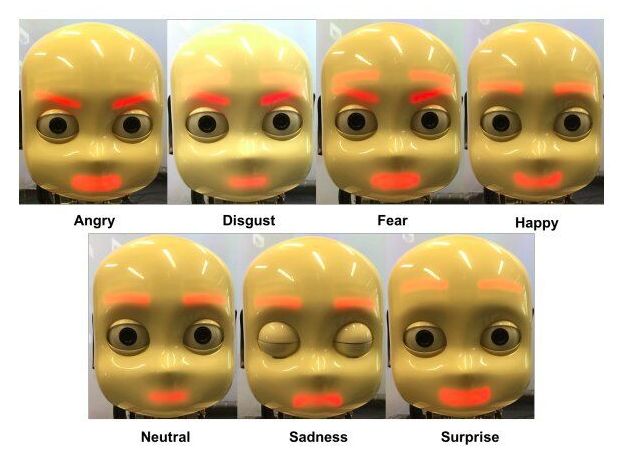
As robots make their way into a variety of environments and start interacting with humans on a regular basis, they should be able to communicate with users as effectively as possible. Over the past decade or so, researchers worldwide have thus been developing machine learning-based models and other computational techniques that could enhance human-robot communications.
One way to improve how robots communicate with human users is by training them to express basic emotions, such as sadness, happiness, fear and anger. The ability to express emotions would ultimately allow robots to convey messages more effectively, in ways that are aligned with a given situation.
Researchers at the University of Hamburg in Germany have recently developed a machine learning-based method to teach robots how to convey what have previously been defined as the seven universal emotions, namely anger, disgust, fear, happiness, sadness, surprise and a neutral state. In their paper, pre-published on arXiv, they applied and tested their technique on a humanoid robot called iCub.

When electronics need their own power sources, there are two basic options: batteries and harvesters. Batteries store energy internally, but are therefore heavy and have a limited supply. Harvesters, such as solar panels, collect energy from their environments. This gets around some of the downsides of batteries but introduces new ones, in that they can only operate in certain conditions and can’t turn that energy into useful power very quickly.
New research from the University of Pennsylvania’s School of Engineering and Applied Science is bridging the gap between these two fundamental technologies for the first time in the form of a “metal-air scavenger” that gets the best of both worlds.
This metal-air scavenger works like a battery, in that it provides power by repeatedly breaking and forming a series of chemical bonds. But it also works like a harvester, in that power is supplied by energy in its environment: specifically, the chemical bonds in metal and air surrounding the metal-air scavenger.